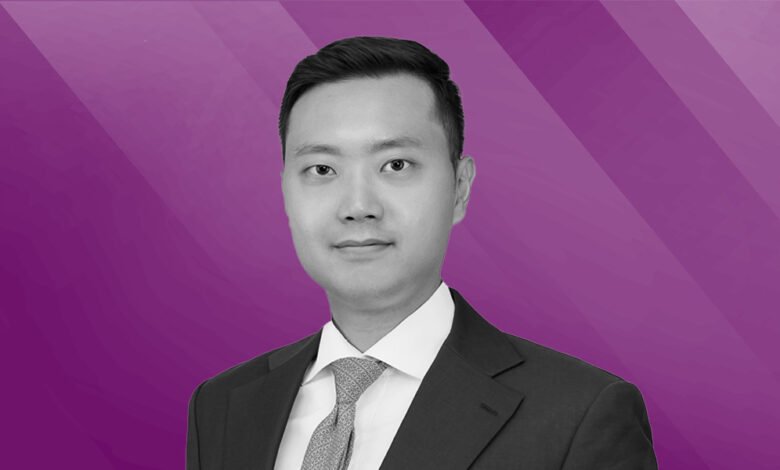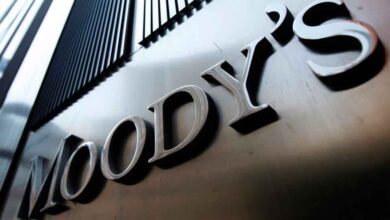Federated Hermes gears up to launch next co-investment fund

London-headquartered fund of funds manager Federated Hermes is planning to return to market with its sixth co-investment flagship this year.
“We will be in the market for Private Equity Co-investment Fund VI in Q3 this year with a slightly larger size than before,” Singapore-based partner and head of APAC Sean Yoo tells Private Equity International.
“We will continue to target mid-cap companies that are benefiting from secular growth trends with ample potential buyers at the time of realisation.”
According to PEI data, PEC V closed on $486 million in June 2023, surpassing its initial target of $400 million. The fund received commitments from the UK’s Local Pensions Partnership Investments, Australia’s superannuation fund Hostplus, CPP Investments and Samsung Life Insurance, among others.
Recent fund performance
- PEC IV (2019 vintage): DPI: 0.41x; TVPI: 1.52x
- PEC III (2017 vintage): DPI: 1.27x; TVPI: 1.60x
- PEC II (2014 vintage): DPI: 1.46x; TVPI: 1.54x
Source: PEI data as of 18 July 2024, citing various public pension systems. Subscribers can view here.
The firm oversees $757.6 billion of assets under management as of 31 December 2023, and has committed about $12 billion to private equity as of 30 September 2023, according to its website.
Within its global co-investment programme, Yoo says about 20-25 percent is allocated to Asia opportunities. “For our Asia strategy, we target an equal split across developed markets and emerging markets to sufficiently diversify regional risk – ‘developed’ meaning more buyout-orientated markets such as Japan, Korea and Australia [and] emerging markets being China, India and Southeast Asia.”
A taste for Asia
Many global LPs have grown more cautious towards Asia: according to PEI’s LP Perspectives Study 2024, 26 percent of institutional investors had plans to reduce their APAC exposure over the subsequent 12 months, while only 14 percent have an increased appetite for the region.
The key is to be selective and find risk-averse opportunities, Yoo says. “China has been a very challenging investment area within Asia-Pacific, largely because of three reasons: one is the continuous trade tension between the US and China, second being policy and regulatory risks, and third being the slowing economic growth rates.”
The firm is looking for companies that focus on China’s domestic market, Yoo says, as opposed to investing in businesses that seek overseas listing and target the US market.
Meanwhile, in India, Federated Hermes is looking for businesses that have an overseas nexus. The South Asia market has caught the eyes of global PE giants recently as a result of the demographic tailwinds and growing sophistication of its private markets. However, some investors remain concerned about currency fluctuations and exits in India.
“The most important factors we look for are companies that are generating US dollar revenue or euro revenue, but their cost base is in India, so that in the case of currency depreciation the company can actually benefit from currency depreciation,” Yoo explains.
“We prefer deals with a controlling stake. If not, we are testing a lot of the shareholder limits and their previous track record of honouring minority protection rights.”
In developed Asia, Japan seems to be immune to Asia’s fundraising slowdown. According to Bain & Co’s Asia-Pacific Private Equity Report 2024, deal value in the region fell to $147 billion last year, 35 percent below the previous five-year average and 59 percent below the 2021 high of $359 billion. Japan was the only market that saw an increase in deal value last year, growing 80 percent year on year.
When it comes to co-investment opportunities, Korea and Australia are more preferable hunting grounds for Federated Hermes. “Although there’s a lot of interest in private equity fund investing in Japan in the past 12 months, when it comes to the co-investing, the sheer number of mid-market co-investment opportunities may not be as big as what you’d see from co-investment dealflow in Australia or Korea,” Yoo says.
“It is partly because some of these Japanese managers are still able to leverage readily available acquisition loans by local banks at an attractive rate, rather than seeking additional equity from co-investors.”
GP selection
For some investors, bigger isn’t always better – as such, emerging managers with a mid-sized fund can prove more appealing to LPs like Federated Hermes.
While GPs’ track record and reputation remain key factors, their incentives may reflect how well they will manage a fund, according to Yoo. “It’s also important to understand the motivation of each individual manager because you’re locking in your capital for the next 10-12 years.
“Emerging managers – those who have worked in big firms before and are now looking after their own business – they’ll usually start with a fund size of about $200 million. If you raise $200 million, your management fee is $4 million. If the GP pays out staff and diligence cost, rental expenses and business travel expenses, it’s hard to break even. Which means if they want to make profits out of the business, they have to make profits in the form of carried interest.”
Compared to a well-established GP that manages a $20 billion fund, for example, the emerging manager “has to have a strong degree of confidence” that every single investment they make will positively contribute to the fund’s performance, he explains.
In a time of slowed exits, GPs that focus on fund management and value creation rather than purely growing AUM may catch the eyes of investors. The California Public Employees’ Retirement System’s Project Mosaic last year committed $500 million each to TPG NEXT and GCM Grosvenor Elevate and has backed at least three emerging GPs including Excolere Equity Partners, real estate credit firm Caro Investors and the Visualize Group.
CalPERS’ diverse and emerging private equity GP programme had the ability to generate outsized returns, said associate investment director Michael Silva at a board meeting in July.
Source link





